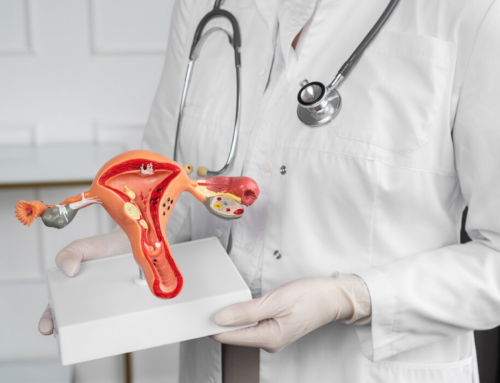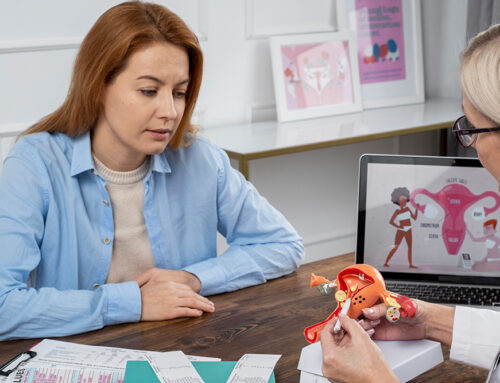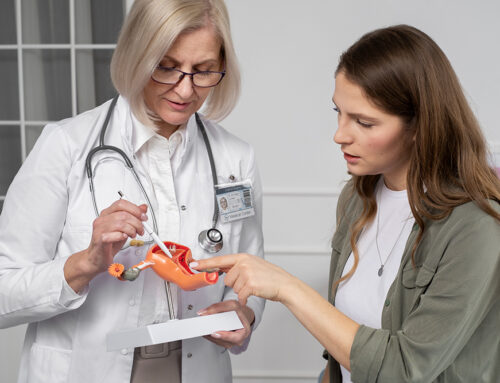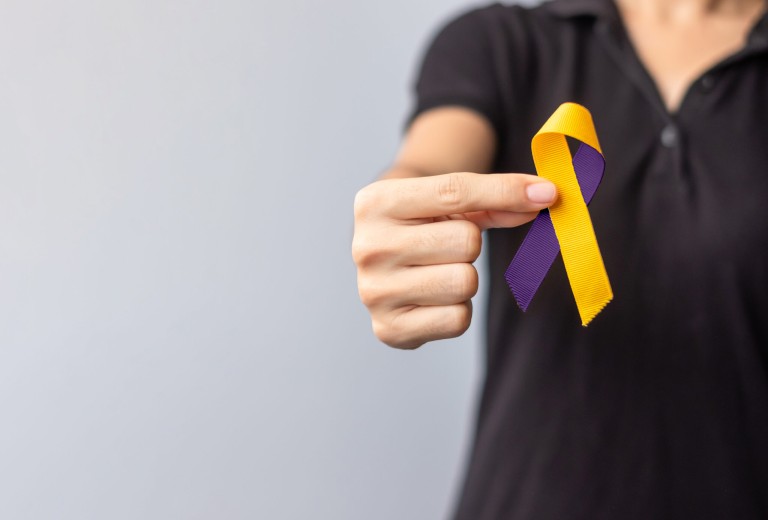Understanding Endometriosis
Endometriosis is a chronic condition where tissue similar to the lining of the uterus grows outside the uterine cavity, causing pain, inflammation, and sometimes infertility. It affects an estimated 1 in 10 women of reproductive age, yet its cause remains unknown, and there is no cure.
Diet and Nutrition
A diet rich in fruits, vegetables, omega-3 fatty acids, and whole grains can potentially reduce inflammation associated with endometriosis. Some studies suggest that reducing red meat intake and increasing consumption of green, leafy vegetables and omega-3-rich foods like salmon and flaxseeds may help manage symptoms.
Herbal Supplements
Certain herbs have been traditionally used to manage endometriosis symptoms due to their anti-inflammatory and hormone-balancing properties. Turmeric, known for its curcumin content, may help reduce inflammation. Other herbs such as Vitex (Chaste Tree), Dong Quai, and Evening Primrose Oil are popular among those seeking to balance hormones naturally. However, it’s important to consult with a healthcare provider before starting any herbal supplement, as they can interact with medications and may not be suitable for everyone.
Physical Activity
Regular exercise can help manage endometriosis symptoms by reducing estrogen levels, alleviating stress, and improving pain tolerance. Activities like yoga, pilates, and low-impact aerobics can be particularly beneficial, offering both physical and mental relief.
Acupuncture
Acupuncture
Acupuncture, a key component of Traditional Chinese Medicine, involves the insertion of fine needles into specific points on the body. It’s believed to restore the flow of Qi (energy) and balance the body’s natural energy pathways. For those with endometriosis, acupuncture may help alleviate pain and reduce stress levels.
Mindfulness and Stress Reduction
Stress management techniques such as mindfulness, meditation, and deep-breathing exercises can be powerful tools in managing endometriosis symptoms. Chronic stress can exacerbate pain and inflammation, so incorporating stress-reduction practices into daily life can offer significant relief.
Heat Therapy
Applying heat to the lower abdomen can help relax the pelvic muscles and reduce cramping. A warm bath or a heating pad can be simple yet effective methods to alleviate endometriosis pain at home.
Summary
While there is no cure for endometriosis, combining traditional treatments with alternative medicine and lifestyle changes can offer a comprehensive approach to managing symptoms. It’s essential to work closely with healthcare providers to create a tailored plan that addresses individual needs and preferences. By exploring a variety of strategies, those living with endometriosis can find meaningful relief and improve their quality of life.








Leave A Comment